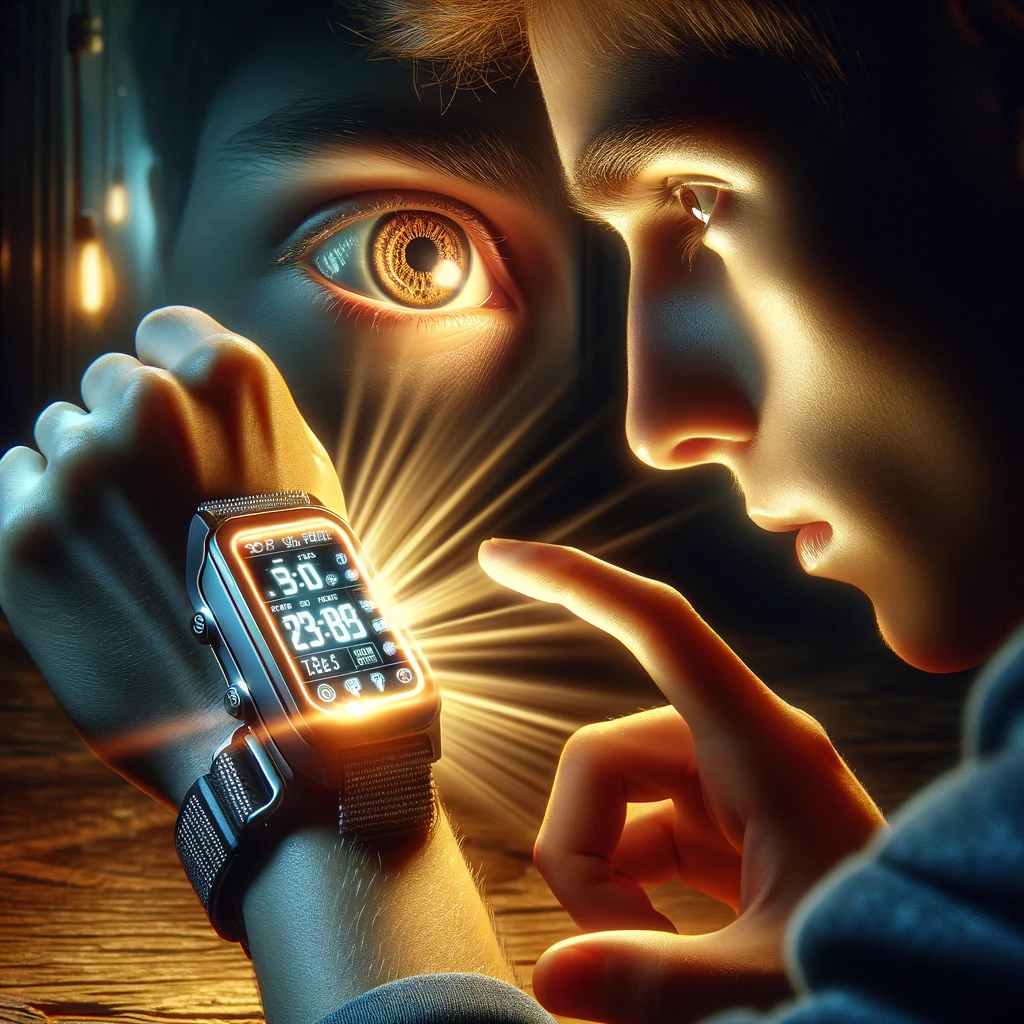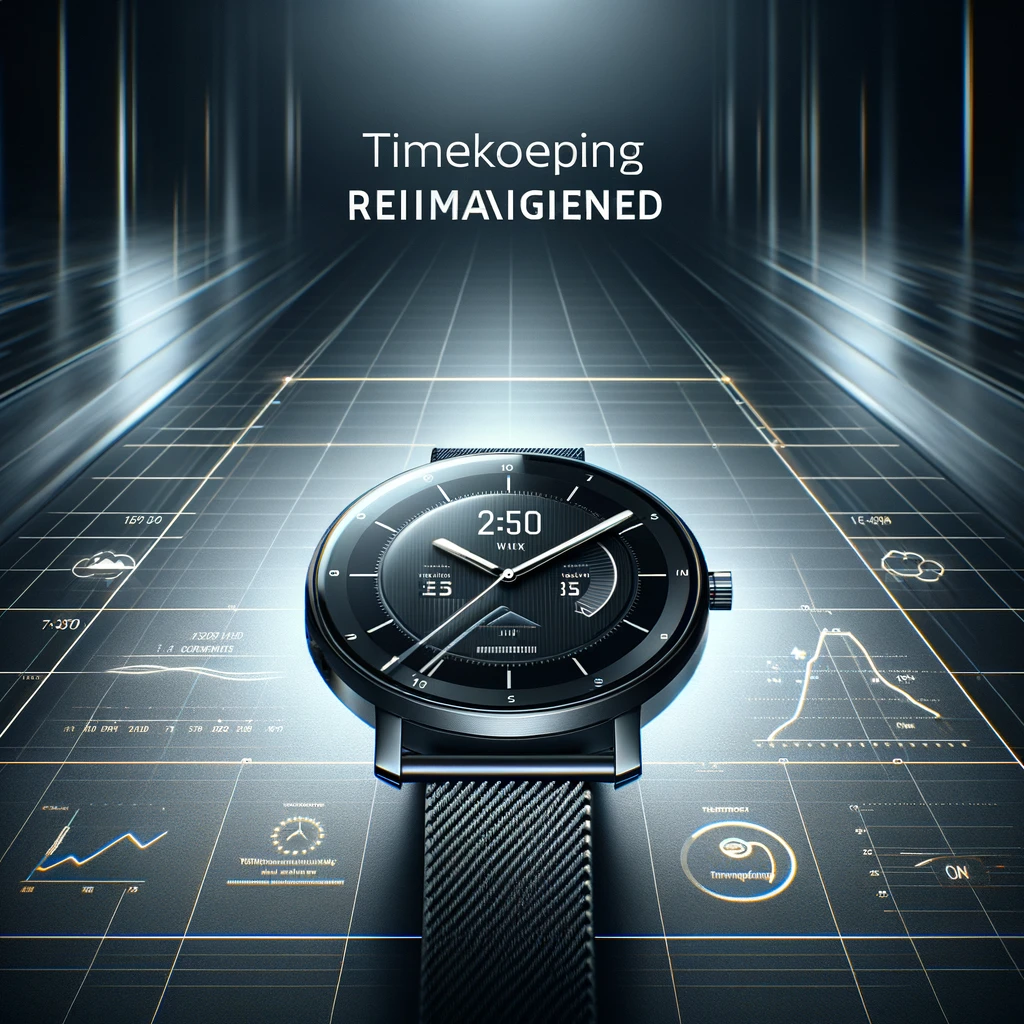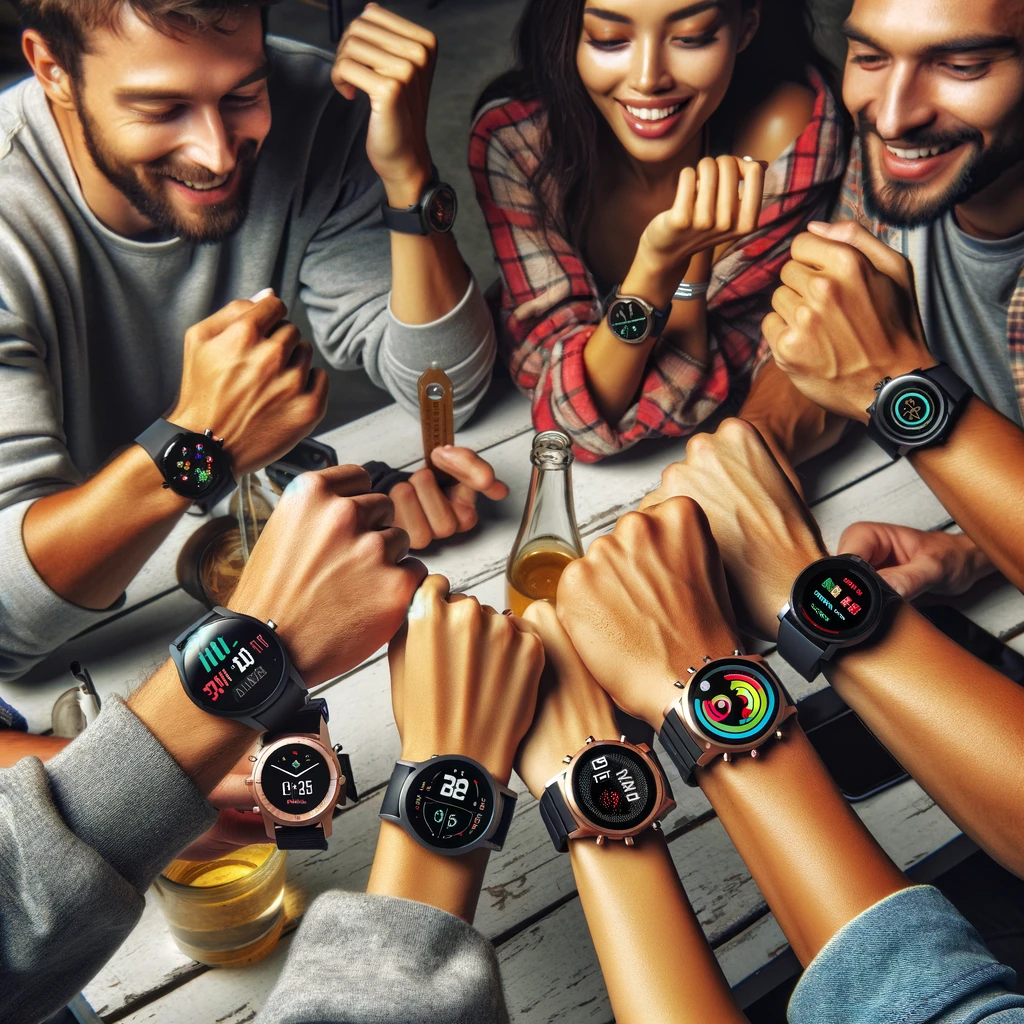In the ever-evolving world of horology, the integration of
LCD displays into watches has been nothing short of a revolutionary step. This innovation has transformed the way we interact with time, offering a blend of functionality, style, and technological advancement. In this blog post, we delve into the fascinating world of watches with LCD displays, exploring their benefits, technological intricacies, and how they've redefined timekeeping for the modern era.

The Evolution of Timekeeping
Timekeeping devices have come a long way from the sundials and hourglasses of ancient civilizations. The invention of mechanical clocks in the 14th century marked a significant leap, but it was the advent of digital technology, specifically the integration of Liquid Crystal Display (LCD) technology in watches, that has truly modernized the concept of timekeeping.
Why LCD Displays?

LCD technology offers several advantages over traditional watch displays. Firstly, LCD watches provide unparalleled clarity and ease of reading, regardless of the lighting conditions. This is because LCD screens can be backlit, making it possible to tell time in the dark. Additionally, they consume less power, extending the battery life of watches. Furthermore, LCD displays have enabled the inclusion of additional features like alarms, stopwatches, and calendars, all accessible with the touch of a button.
The Technology Behind LCD Watches
At its core, an LCD is made up of a liquid crystal solution sandwiched between two transparent electrodes and two polarizing filters. When an electric current is applied, the crystals align in a way that modulates the light passing through them, creating the numbers and patterns we see on the display. This technology not only allows for the display of time but also supports intricate graphics and animations, enriching the user interface.

The Impact on Design and Functionality
The integration of LCD displays has opened up new avenues in watch design and functionality. Designers now have the freedom to experiment with digital interfaces, creating watches that can display a wealth of information beyond just the time. From fitness tracking to notifications synced from your smartphone, the functionality of watches has expanded significantly. Furthermore, the flexibility of LCD technology has allowed for the development of watches suited to a variety of lifestyles, from the athlete to the casual wearer, to those who demand precision and multifunctionality in their timepieces.
Conclusion
The integration of LCD displays into watches has not just reimagined timekeeping; it has set a new standard for what we expect from our wristwear. It embodies the convergence of technology and tradition, offering a glimpse into the future of personal devices. As we move forward, the potential for innovation in this space is boundless, promising even more advanced features and functionalities.

Engaging FAQs
Q1. Are LCD watches more durable than traditional watches?
LCD watches are generally more resistant to shocks and impacts, making them suitable for sports and outdoor activities. However, the durability also depends on the construction and materials used in the watch.
Q2. Can LCD displays be customized?
Yes, many modern LCD watches allow users to customize the display, including changing the layout and the information presented.
Q3. Do LCD watches require more maintenance?
While LCD watches are relatively low maintenance, they may require occasional battery changes and cleaning of the screen to maintain optimal performance.
Q4. Are there any limitations to LCD watch displays?
In very high or low temperatures, LCD displays may experience slower response times or reduced visibility. However, advances in technology are continually mitigating these issues.
Q5. How has the integration of LCD displays influenced the watch market?
The introduction of LCD technology has broadened the watch market, appealing to tech-savvy consumers and those seeking multifunctional devices, thereby expanding the audience beyond traditional watch enthusiasts.




